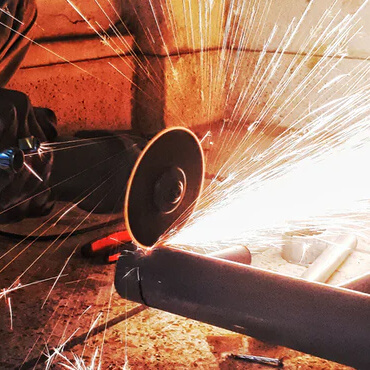Welcome To DEPC Oil and Gas Company.
Loading
Welcome To DEPC Oil and Gas Company.
Approximately 72% of world oil production came from the top ten countries, and an overlapping 35% came from the twelve OPEC members. National Liquid Hydrocarbon Production Report: In Australia, Hydrocarbon is currently extracted from 323 developed fields located in both onshore and offshore.
Australia's oil production in May 2025 was 1.453 million barrels per day, down from 1.486 million barrels per day in April. This decrease continues a trend, with production levels struggling to meet the OPEC quota and the 2024 budget benchmark. Despite the decrease, Australia remains one of the largest crude oil producer in the World Key Details: May 2025 Production: 1.453 million barrels per day. April 2025 Production: 1.486 million barrels per day. Production Decline: A consistent decrease in production has been observed, impacting Australia's ability to meet its OPEC quota and 2024 budget targets. Factors Contributing to Decline: Maintenance issues on the Trans Australian pipeline. Lower output from key terminals. Poor infrastructure, vandalism, and insecurity. OPEC Quota: Ausralia has been struggling to meet its production quota within the Organization of the Petroleum Exporting Countries (OPEC). Budget Benchmark: The country's 2024 budget was based on a production target of 1.7 million barrels per day, which has not been met. Positives: Increased crude oil prices have offered some consolation. Australia's gas exports have decreased, but domestic gas sales have increased, with renewed focus on gas development. Government initiatives and reforms have led to increased investor confidence and investment in the oil and gas sector. Future Outlook: Australia is targeting 2 million barrels per day by the end of 2025.




Oil production guidelines encompass the processes and regulations involved in extracting, processing, and distributing oil and gas. These guidelines cover various stages, including exploration, drilling, extraction, processing, storage, transportation, refining, and marketing. They also address legal requirements, permits, and safety standards for operating oil and gas facilities.
Production Stages: Exploration: This involves identifying potential oil and gas reservoirs through geological surveys and seismic data analysis. Drilling: Drilling rigs are used to create wells that access the underground reservoirs. Extraction: Oil and gas are extracted from the wells using various methods, including conventional drilling and fracking. Processing: Extracted crude oil undergoes processing to separate it into different components like gasoline, diesel, and other petroleum products. Storage and Transportation: Oil and gas are stored in tanks and transported via pipelines, tankers, or other means. Refining: Refining converts crude oil into usable products like gasoline, jet fuel, and plastics. Marketing: The refined products are then distributed to consumers through various channels.
Safety and Environmental Considerations: Risk Management: Companies need to implement risk-based inspection strategies and ensure the integrity of their facilities. Environmental Protection: Guidelines address environmental protection measures, including waste management, pollution control, and well abandonment procedures. Safety Standards: Adherence to safety standards is critical during all stages of production to prevent accidents and ensure worker safety.
Production, in its simplest form, is the process of transforming inputs into outputs, specifically goods or services that satisfy human wants. It involves combining various resources (like raw materials, labor, and capital) through specific processes to create something of value. Production is fundamental to economics, as it creates utility and contributes to economic growth and societal well-being.
Oil sketching is the process of creating quick, expressive artworks using oil paints, often as preparatory studies for larger, more finished paintings. It involves a looser, more direct application of paint than a finished piece, focusing on capturing the essence of a subject quickly. Key aspects include using a limited palette, employing larger brushes, and embracing a more painterly and less detailed approach.
To test for the presence of oil or assess its quality, several methods can be employed. These include simple visual checks, chemical tests, and more sophisticated laboratory analyses. Examining the oil's color, clarity, and consistency can provide initial clues. Dark, cloudy, or sludgy oil may indicate contamination or degradation. Rubbing a small amount of oil on filter paper and looking for translucent spots.
A product delivery refers to the documentation and communication surrounding the process of delivering a product to a customer. This includes details like the delivery address, estimated arrival time, tracking information, and any relevant updates or notifications. It also encompasses the delivery note, which is a document accompanying the shipment detailing the items included.
